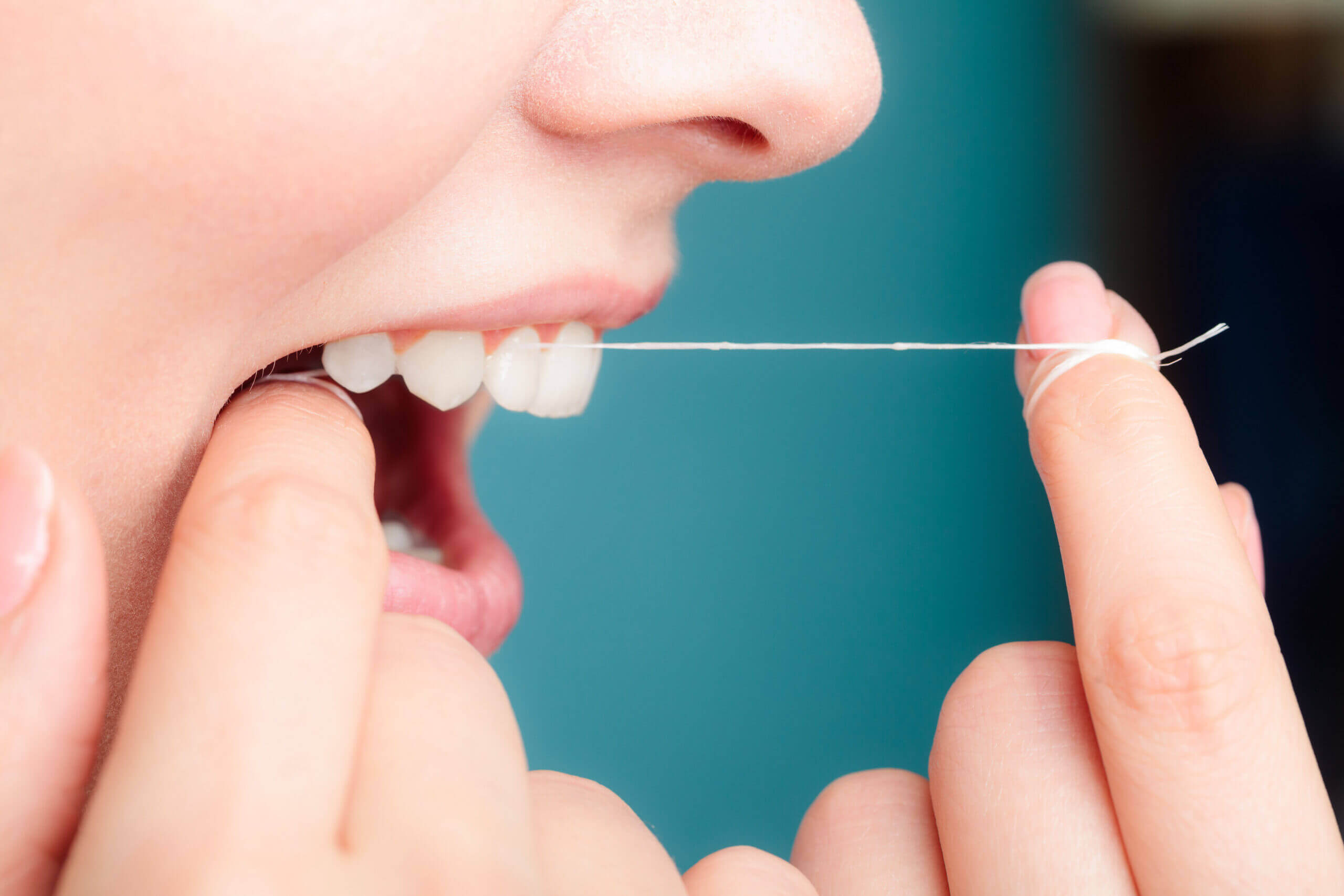
All About Flossing Your Teeth
Flossing is an essential part of a healthy oral hygiene routine. The American Dental Association recommends that in addition to brushing twice a day, you should also floss each day. The floss helps to remove food and plaque between teeth that can lead to gum disease and cavities. A toothbrush cannot always reach into those small nooks and crannies, making interdental cleaners like floss critical for a clean and healthy smile. Of course, flossing is not as simple as it looks. Check out these do’s and don’ts of flossing:
Do:
Use a Generous Amount
Many people do not use enough floss which is evident during a normal dental teeth cleaning. Ideally, you should have a piece of floss that is about 18 inches in length to achieve a sufficient clean. Start at the top of the line of floss and move down to a clean area as you progress through your mouth.
Floss Your Teeth Once Per Day
Flossing can make a big difference in your oral hygiene routine. Did you know that flossing removes up to 40 percent of the plaque in your mouth? Plaque is filled with harmful bacteria that can contribute to gum disease and tooth decay if not removed. In just a short amount of time, plaque can harden to tartar which can only be removed by a professional dentist or hygienist.
Know About the Types
Floss is available in several varieties, from thin to thick and waxed and unwaxed. You can also find wax in varying flavors, such as mint. Finding the best one for you may take some trial and error. For example, if you don’t have a lot of space between your teeth, a waxed floss can help you get into those tight spaces. Those with larger gaps may want to consider a dental tape which features a wider strip for cleaning between teeth.
Learn the Proper Technique
Learning how to properly floss takes some practice. Start with a piece of floss with the ends wrapped around your middle fingers. Gently insert the floss between your teeth and glide using a back-and-forth motion. Create a “C” shape around each tooth to ensure that you’ve covered the maximum surface area.
Thread the Floss Out Carefully
It is important to use caution when flossing your teeth, especially if you have had dental work done in the past. Poor flossing techniques can cause crowns and fillings to come loose or even fall out. When you’ve finished flossing, gently thread the floss out between your teeth to avoid unnecessary pressure on crowns and fillings.
Don’t:
Use Unconventional Alternatives to Floss
If you run out of floss, it may be tempting to use something else to floss between your teeth. However, using items that are deemed unconventional, such as thread, string, or yarn, can often do more harm than good. They could become stuck between the teeth or cause irritation to the gums, resulting in soreness and bleeding.
Turn to Mouthwash as a Replacement
While mouthwash can be an excellent addition to your oral health routine, it is not a replacement for flossing. Plaque is very sticky and mouthwash alone is not always enough to remove it. Flossing can help eliminate stuck-on food and plaque that brushing and rinsing cannot. You can; however, finish your routine with a swig of mouthwash to freshen your breath and reduce your risk of cavities.
Reuse Your Floss
Reusing your floss may save you a couple of bucks in the long-term but it is never a good idea. Floss is only meant for a one-time use and should be discarded. Not only does floss collect food and bacteria, but it can also start to shred or break down after one use, making it not as effective and more irritating to your gums.
Schedule an Appointment for More Information
If you haven’t already, make flossing an essential part of your daily oral health routine to prevent gum disease and cavities and to maintain a healthier smile. For more information about flossing or to schedule a checkup with our Melbourne, Florida dentist, contact the friendly dental team at Artistic Touch Dentistry.

